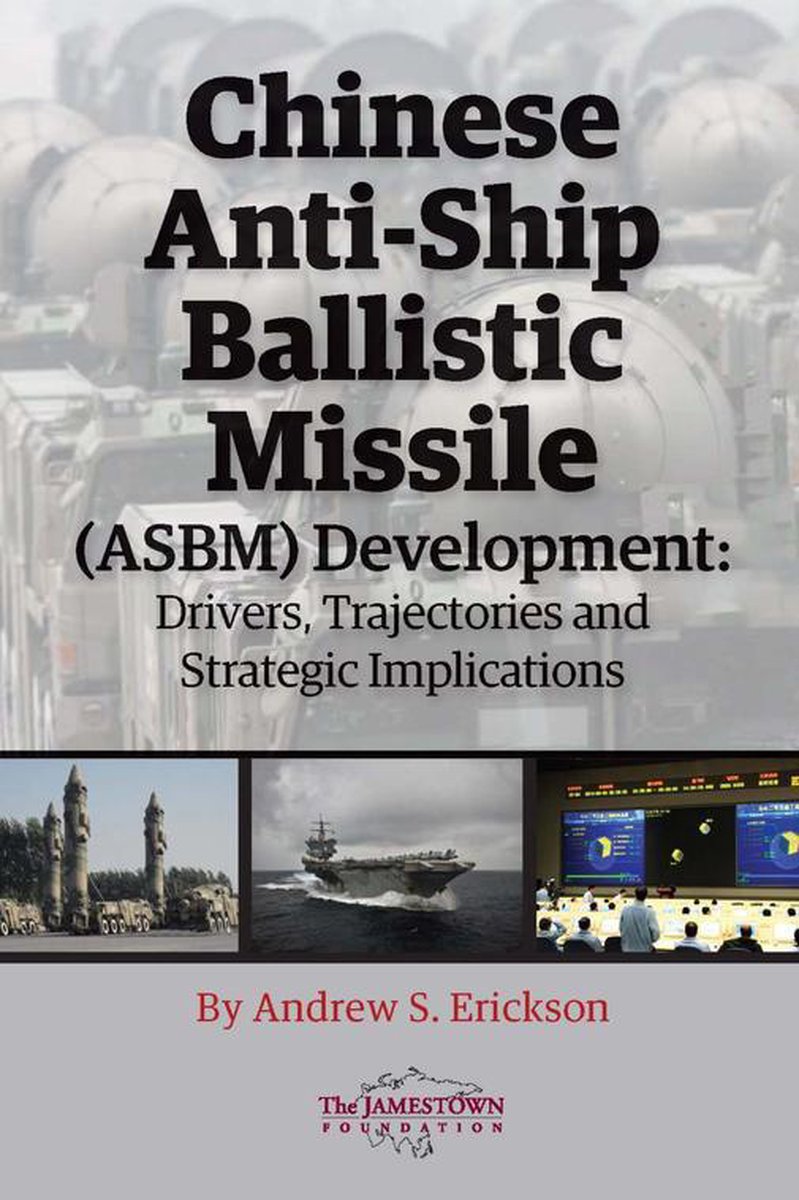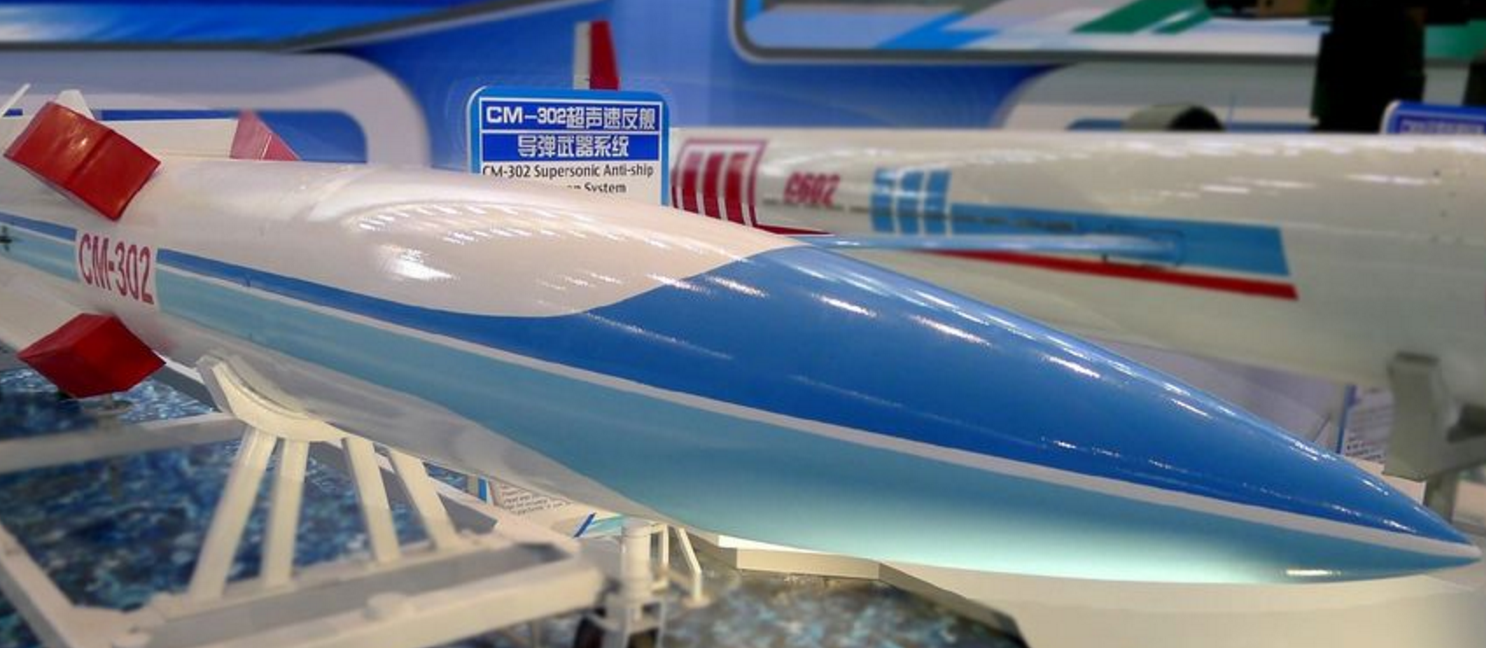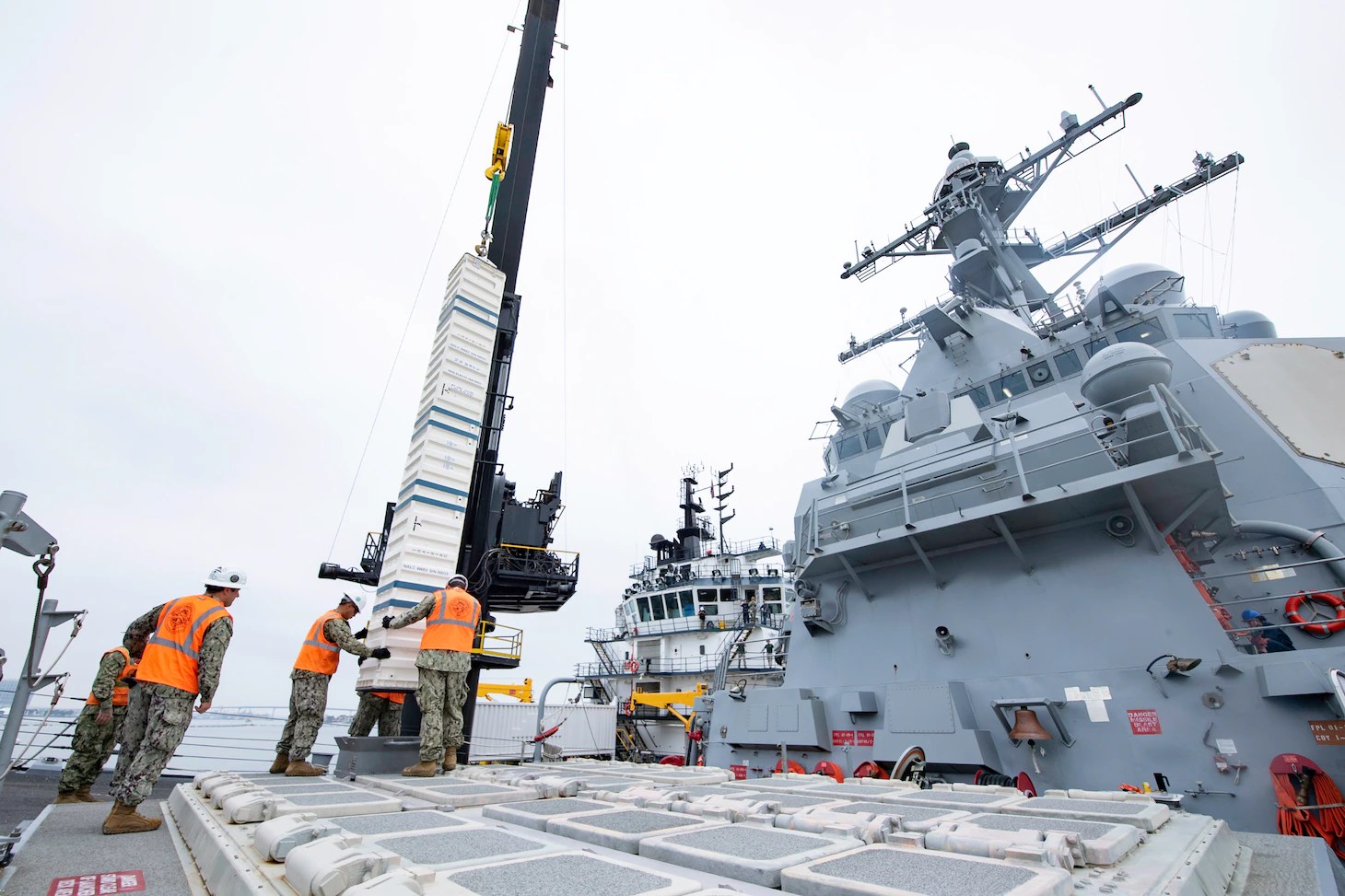Chinese Anti-ship Missile - We and our partners use cookies to store and access information on each device. We and our partners use the information for Personalized advertising and content, marketing and product measurement, audience information and product development. An example of data being processed may be a unique identifier stored in a cookie. Some of our business partners may process your data as part of their legitimate business without asking for your consent. To view topics that are believed to directly affect or object to the processing of this data use the consumer link below. The consent given is used to process data from this website. If you wish to change your preferences or withdraw consent at any time, the link to do so is in our privacy policy available on our home page.
There are many types of machine guns from ship to ship, machine guns, "YJ-12" and "YJ-18 / 18A" and the latest anti-aircraft gun "HHQ-9A" provided as part. A naval force marched to Beijing in a military parade commemorating the 70th anniversary of the founding of the People's Republic of China.
Chinese Anti-ship Missile

The YJ-12B surface-to-surface missile, which originated in the Chinese navy, can attack large and medium-sized ships and play an important role in China's coastal defense. An upgraded version of the YJ-12 supersonic anti-ship missile, the YJ-12B has a range of 310 miles and can be deployed against remote islands, such as those in the South China Sea. China says the missile can sink large ships during a surprise attack, making it the cornerstone of the country's maritime defense system.
Pla Navy's Aircraft Carrier Task Forces Constantly Improves
The YJ-12 is an anti-submarine warfare (ASCM) missile that China uses on its H-6K medium-range aircraft. The YJ-12 has a range of 400 kilometers and reaches a speed of Mach 3, allowing it to maneuver through air and air before impact. [1] China began production of the YJ-12 in the 1990s and began using it for its missiles in the 2000s.
The YJ-12 has raised many security concerns for US forces in the Pacific, and has been called "China's worst attack to date." [2] The damage achieved by the YJ-12 is from a range of 400 km, making it the longest range ACBM ever built, as well as its ability to travel at high speeds (up to Mach 3). This makes it difficult for the Aegis Combat Systems and the SM-2 surface-to-air missile that protects the US military to detect and use the missile because it can be launched beyond the point of deployment, which greatly reduces the response time of the US Navy. . Protecting the YJ-12 is very difficult due to its blue circular shape which allows to avoid the last defense. With the addition of Chinese Flankers, the YJ-12 can reach 1,900km and pose a significant threat to the U.S. than China's DF-21D ASBM. The deployment of the YJ-12 and the development of associated ASCMs further demonstrate China's willingness to act as deterrence and deterrence in the event of a war.
The YJ-18 and YJ-18A are Beijing's newest cruise missiles. Launched for the first time, both weapons can be launched from submarines and ships. It has been called China's 'secret weapon' in naval warfare. Both missiles can be launched directly from vehicles and travel three times the speed of sound, it said. YJ is an abbreviation for 'eagle' in Chinese.
The YJ-18 is a vertically launched cruise missile (ASCM) that can travel at speeds up to Mach 3 and a range of 540km. The YJ-18 carries up to 300 kg of high explosive (HE) that can take out a large ship destroyer and cause significant damage to a carrier. The PLA Navy deploys the YJ-18 on its Luyang III DDG and Type 055 CG warships as well as Song-, Yuan-, and Shang-class warships. Although China has only one Luyang III destroyer equipped with a launch system capable of firing the YJ-18, it plans to have ten additional ships by 2017.
Cm 302 Anti Ship Cruise Missile: China's Brahmos Competitor?
The YJ-18's ability to reach high speeds close to its target makes it difficult for ships to destroy an incoming missile with surface guns. This ASCM increases the number of Chinese ships and improves their anti-missile capability (A2/AD). China's A2/AD capabilities will be greatly enhanced in the Western Pacific war and will be supplemented by a growing arsenal of anti-ship and anti-missile weapons.
The HQ-9 is a long-range surface-to-air missile designed to deal with a wide range of aerial threats such as high-flying aircraft, helicopter missiles and unmanned aerial vehicles (UAV). It was developed by the Chinese University of Defense Technology to attack targets at a distance of 200 kilometers and an altitude of up to 30,000 meters. The HQ-9 is used by an air defense system called the HQ-9A and its naval version is used against fighters.
The HQ-9B or HHQ-9B is a new vertical launch, long-range, surface-to-air missile (SAM) designed for the Chinese People's Liberation Army (PLA) to launch air strikes at a range of 250 kilometers. The HHQ-9A missile system is supplied on the Type 052C Fighters have eight Vertical Launch Systems (VLS) cells with six of them on the bow and the remaining two on the back.

Chinese VLSs are cylindrical in shape and use "cold melt" compared to Western VLS such as the Mk-41 and Sylver which are square and use "hot melt". The main difference between cold and hot starts is that the rocket vehicle burns outside or inside the launch tube. The Chinese VLS is not based on the Russian revolver launch system and has six cells.
C 705 Chinese Anti Ship Missile On Indonesian Navy Kri Hal…
Each HQ-9 launcher contains four missiles that are stored in individual canisters and carry the advanced Taian TA5380 8×8 chassis. The HQ-9's standard HT-233 integrated radar can track 100 targets and engage 50 of them at a range of 100 km. The PLA HQ-9 battery "includes a command vehicle, six control vehicles, 6 radar vehicles, 6 radar seeker vehicles, 48 rocket launchers, and 192 engines." The HQ-9 can use a variety of radar sensors to detect targets, including surface-to-air missiles and surface-to-surface missiles. The battery can contain the HT-233 radar, the H-200 contact radar, and several search radars such as the Type 120 low altitude acquisition radar, the Type 305A 3D acquisition radar, or the Type 305B 3D acquisition radar. 83 (Chinese: 鹰击-83; pinyin: yingji-83; lit. 'eagle strike 83'; NATO reporting name: CSS-N-8 Saccade) is a Chinese subsonic anti-ship cruise missile. It was developed by the China Aerospace Science and Industry Corporation Third Academy.
The YJ-83 uses engines with a strapdown inertial reference unit (IRU); this is more efficient than the electronics used in the YJ-8 and the export of the C-802, allowing the YJ-83 to reach a distance of 180-km at Mach 0.9. The missile is powered by a Chinese CTJ-2 turbojet, and carries a 190-kg high-explosive warhead. Port control is controlled by active radar.
The air-launched YJ-83K has a 180-km range, a top speed of Mach 0.9, and a 165 kg high-explosive, space-launched weapon. The improved YJ-83KH uses an infrared image detector with a range of 230 km;
On 14 July 2006 during the 2006 Lebanon war, Hezbollah deployed two Chinese-made C-802 missiles with Iranian radar systems. The first collided with an Egyptian warship off the coast of Cambodia, 60 kilometers offshore. One hit the Sa'ar 5-class corvette INS Hanit of the Israeli Navy, which was sailing 8.5 nm off the coast of Beirut. The missile struck a corvette crane near the rear helipad; the explosion tore through the floor, ignited the fuel tank, and killed four workers. The fire was extinguished after four hours and Hanit returned to Aharoro under its own power for three weeks of repairs. The corvette's anti-missile systems were disabled before the attack; Israel did not know that Hezbollah had C-802s, and there was concern that it would come under fire from the Israeli Air Force.
This Is Our Best Look Yet At China's Air Launched 'carrier Killer' Missile
On October 9, 2016, the US Navy destroyer USS Mason (DDG-87) led an attack in the Red Sea with missiles from the Yemen region controlled by the Houthi group. Missiles from Yem appear to have been fired last week by the HSV-2 Swift, a missile launch vehicle under the jurisdiction of the United Arab Emirates, which supports the Yemi government in its civil war against the Houthis. An examination of the damage caused by the missile led experts to identify it as a C-802. None of the missiles fired at USS Mason hit their targets; US officials said countermeasures were used, including firing anti-aircraft missiles.
And a length of 65 nautical miles (120 km). The C-802 is considered part of the YJ-83 family by the US military.
The C-802 is sometimes mistaken for an export version of the YJ-82; the two are separate events.

Brahmos anti ship missile, us hypersonic anti ship missile, tomahawk anti ship missile, hypersonic anti ship missile, russian hypersonic anti ship missile, us navy anti ship missile, harpoon anti ship missile, anti ship missile defense system, ship anti missile defense, anti ship missile, anti ship missile india, chinese anti ship ballistic missile
0 Comments